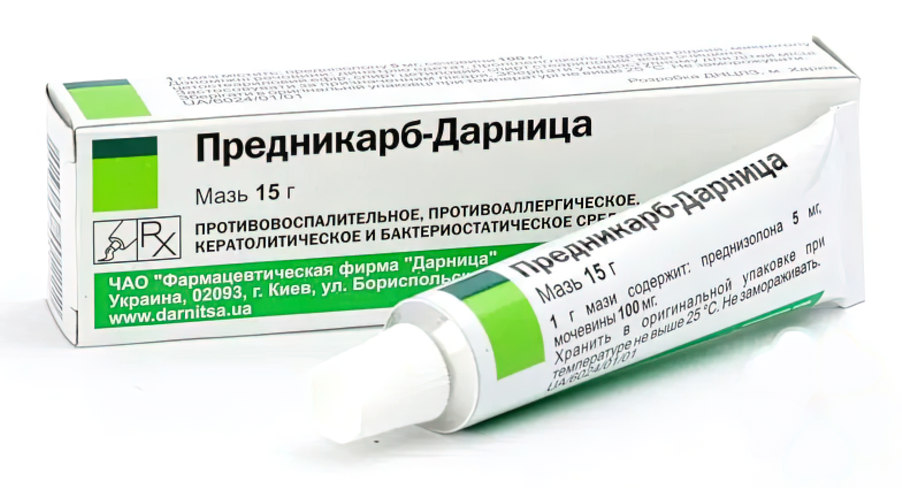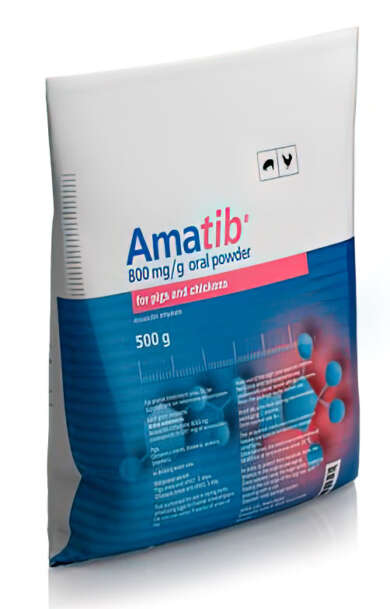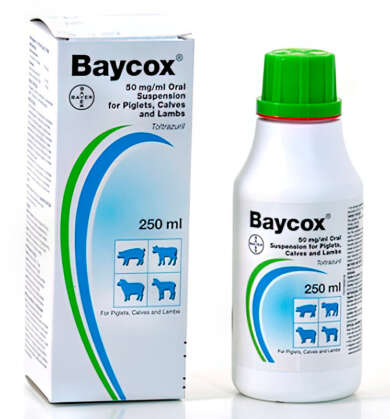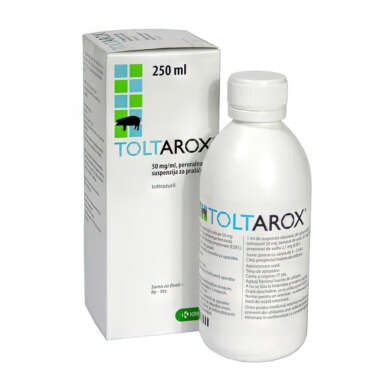Description
Buy Prednicarb Prednisolone 5mg/1g 15 g ointment
Description of Prednicarb Prednisolone 0.5% 5mg/1g:
Ointment.
Basic physical and chemical properties: white ointment with a very slight specific odor, in appearance should be homogeneous.
Pharmacological group: Corticosteroids for use in dermatology. Corticosteroids in combination with other drugs.
Combined drug for topical use with anti-inflammatory, antiexudative, antiallergic, antipruritic, keratoplastic, keratolytic, antimicrobial action.
Ingredients of Prednicarb Prednisolone 0.5% 5mg/1g:
Active substance: prednisolone, urea;
1 g of ointment contains: prednisolone 5 mg, urea 100 mg;
Excipients:
Disodium edetate, propylene glycol, liquid paraffin, macrogol cetostearyl ether, cetyl alcohol, stearyl alcohol, purified water.
Pharmacologial Properties of Prednicarb Prednisolone 0.5% 5mg/1g:
Pharmacodynamic:
Prednisolone is a glucocorticosteroid, a dehydrated analogue of hydrocortisone. When applied externally, it has anti-inflammatory, anti-allergic, antipruritic and anti-exudative effects. Reduces the formation, release and activity of inflammatory mediators (histamine, kinin, prostaglandins, lysosomal enzymes). Suppresses cell migration to the site of inflammation; reduces vasodilation and increased vascular permeability in the focus of inflammation. Reduces exudation due to vasoconstrictor action. It has an immunosuppressive effect on type III-IV hypersensitivity reactions, inhibiting the effect of antigen-antibody complexes that accumulate on the walls of blood vessels and cause allergic vasculitis. Suppresses the action of macrophages, target cells, cytokines, which are involved in the development of the reaction in the form of allergic contact dermatitis. Prevents access of sensitized T-lymphocytes and macrophages to target cells.
Urea (carbamide) regulates the water balance of the skin and provides its turgor. Interacting with keratin in skin cells, it enhances skin hydration and desquamation of the keratinized layer, has a keratoplastic (softens the keratinized epithelium) and keratolytic effect. At a concentration of 10%, urea, when applied topically, has a bacteriostatic and fungistatic effect. It has a slight surface local anesthetic effect, due to which it has an antipruritic effect, which is additively enhanced by a similar effect of prednisolone.
Pharmacokinetic:
When applied topically, absorption of prednisolone occurs.
Penetrates through the placental barrier and in small amounts – into breast milk.
The excipients that make up the ointment keep urea at the site of application and prevent its absorption into the systemic circulation.
Indication of Prednicarb Prednisolone 0.5% 5mg/1g:
- Psoriasis, atopic dermatitis various forms of eczema (particularly with lichenification) dyshidrosis;
- Seborrheic dermatitis ichthyosis;
- Ichthyozoformny dermatosis, accompanied by dryness and hyperkeratosis.
Contraindications of Prednicarb Prednisolone 0.5% 5mg/1g:
- Individual hypersensitivity to the components of the drug;
- Cushing’s syndrome;
- Chicken pox;
- Vaccination period;
- Simple herpes;
- Wounds and ulcers;
- Bacterial, viral, fungal skin lesions;
- lupus;
- Skin manifestations of syphilis;
- Skin tumors; acne vulgaris, rosacea;
- Dermatosis, accompanied by severe exudation.
Interaction with other medicinal products:
In order to reduce side effects, corticosteroids and nonsteroidal drugs should be alternated.
To prevent infectious skin lesions, Prednisolone is recommended to be prescribed in combination with antibacterial and antifungal agents. During the period of treatment with the drug, vaccination against smallpox or other types of immunization should not be carried out due to the immunosuppressive effect of glucocorticosteroids. Applying the ointment to large areas of the skin or treatment for a long period may cause an interaction similar to that observed during systemic therapy. However, up to this time, none of these types of interaction has been registered. If you need to use any other medicines at the same time, you should consult your doctor.
Precautions and Warnings of Prednicarb Prednisolone 0.5% 5mg/1g:
- It is necessary to prescribe the drug in the smallest dosage and for the shortest possible time necessary to achieve the desired therapeutic effect;
- In order to avoid affecting healthy tissues, it is desirable that the skin area on which the ointment is applied does not exceed the size of the affected area;
- Treatment should be carried out under the supervision of a physician. In the process of treatment, it is necessary to control the oculist, control blood pressure;
- The maximum allowable area of the skin covered with the drug should not exceed 20% of the body surface;
- It is necessary to use glucocorticosteroids in short courses, and only for the treatment of exacerbations, but not for prevention;
- When prescribing the drug, the daily secretory rhythm of glucocorticosteroids should be taken into account: in the morning, large doses are prescribed, in the afternoon – medium, in the evening – small;
- Sudden withdrawal of the drug is dangerous, since an exacerbation of the disease and a deterioration in the general condition of the patient may occur. It is necessary to cancel the drug gradually;
- During the period of treatment, vaccination against smallpox or other types of immunization should not be carried out, due to the immunosuppressive effect of glucocorticosteroids;
- Avoid getting the drug in the eyes, mucous membranes and scalp;
- If there is a history of indications of psychosis, high doses are prescribed under the strict supervision of a physician;
- Use with caution in immunodeficiency states (including AIDS or HIV infection);
- If skin irritation occurs or signs of hypersensitivity appear in connection with the use of the ointment, treatment should be discontinued and adequate therapy should be selected for the patient;
- In the case of prolonged use of the drug in the treatment of a large body surface, especially in children, systemic side effects from the endocrine system are possible. These adverse reactions develop extremely rarely, are reversible and disappear immediately after discontinuation of the drug. For such patients, during the period of application of the ointment, regular monitoring of the function of the hypothalamic-pituitary-adrenal system is necessary. If symptoms of depression of the function of the hypothalamic-pituitary-adrenal system appear, it is necessary to cancel the drug or increase the intervals between applications of the ointment;
- The use of topical steroids for the treatment of psoriasis can in some cases lead to a relapse of the disease, the development of tolerance, an increased risk of generalized pustular psoriasis and the development of local or systemic (reversible inhibition of the hypothalamic-pituitary-adrenal system) toxicity, due to a reduced barrier function of the skin. Therefore, when treating psoriasis with a drug, careful monitoring of the patient is important;
- In the case of the development of fungal or bacterial superinfection of the skin, additional use of an antifungal or antibacterial agent is necessary;
- The drug is contraindicated during pregnancy or lactation;
- Does not affect the rate of reactions when driving vehicles or using other mechanisms.
Overdose:
Depending on the amount of corticosteroid ingested, both local and systemic adverse reactions may develop. In case of an overdose of the drug, treatment should not be abruptly stopped – this is done gradually, reducing the dose of the drug. With the development of symptoms of insufficiency of the adrenal cortex, the introduction of hydrocortisone may be required.
Side Effects:
On the part of the immune system: allergic reactions may develop.
On the part of the skin and subcutaneous tissue: when using the drug, itching, hyperemia, swelling, skin rash, dermatitis, urticaria, dry skin, burning sensation, tingling, skin irritation, steroid acne, purpura, telangiectasias may occur.
With prolonged use or use on large areas of the skin, systemic adverse reactions may occur, in particular the development of secondary infectious skin lesions, atrophic changes, hypertrichosis, hypercortisolism.
General disorders and reactions at the site of application: possible skin cracks at the site of application, side effects (frequency not determined) such as thinning of the skin (skin atrophy), the appearance of striae, inflammation of the hair follicles (folliculitis), discoloration of the skin, bacterial cellulitis.
Storage:
Store in original packaging at a temperature not exceeding 25 °C. Do not freeze.
Keep out of the reach of children.
Shelf life:
2 year.
Do not use the medicinal product after the expiration date indicated on the package.





Reviews
There are no reviews yet.